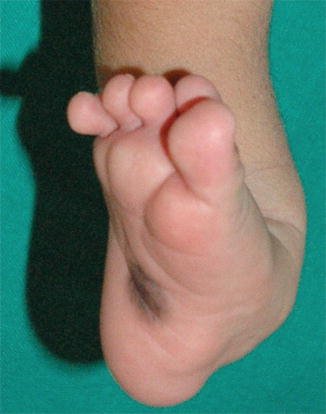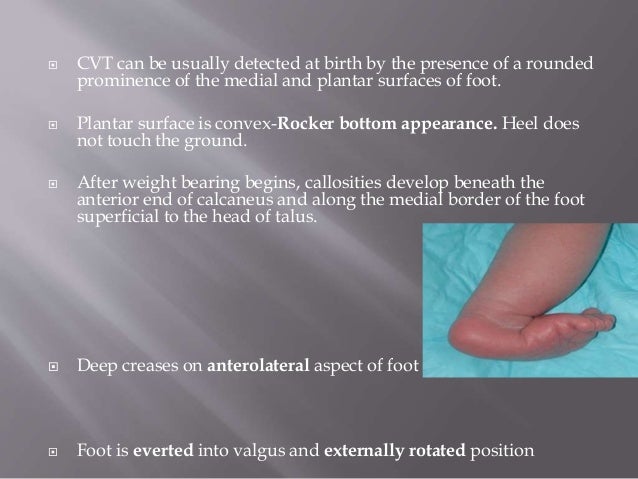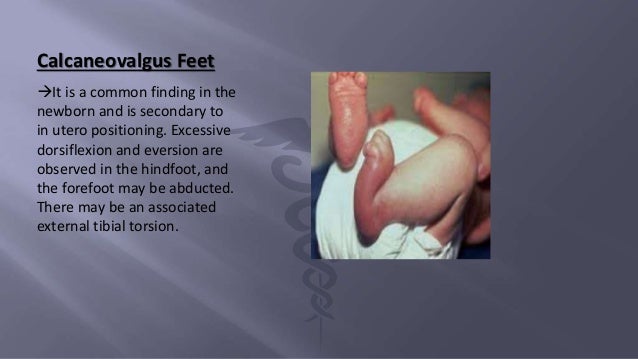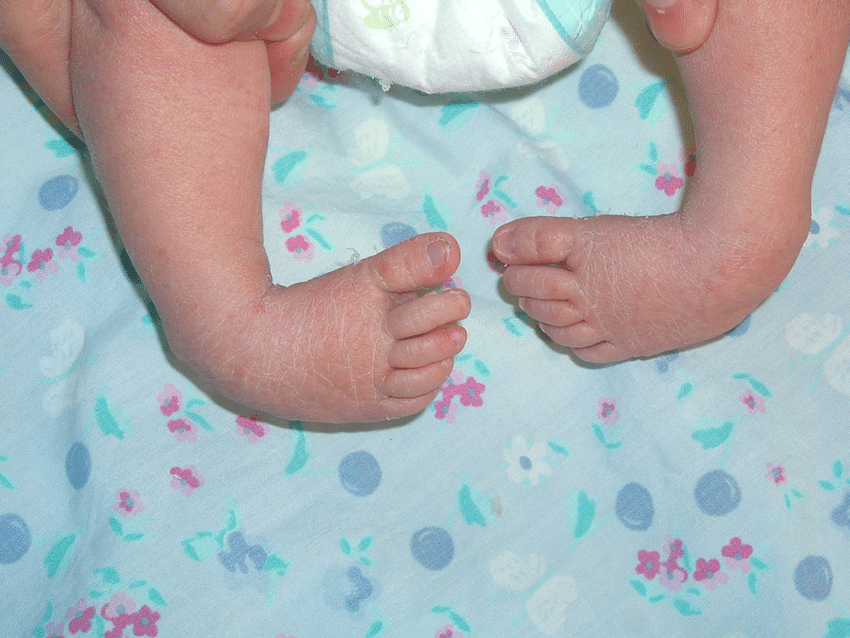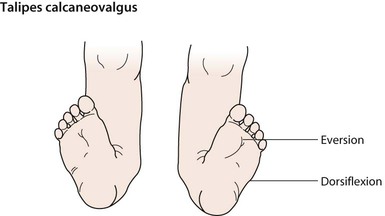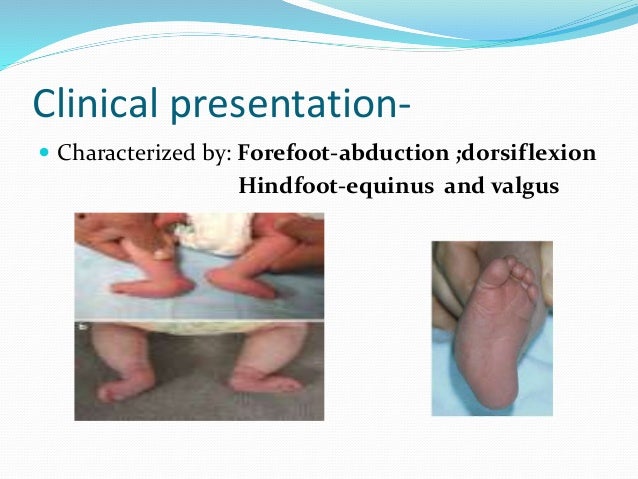Everted Foot Newborn

Parents who wish to be actively involved may be taught to plantarflex and supinate the patient s feet passively.
Everted foot newborn. The foot has excessive dorsiflexion that allows its dorsum to come into contact with the anterior aspect of the lower leg. Clubfoot can either be described as supple flexible or rigid. In the first year of life many babies have feet that naturally assume an in toe or out toe. The foot is pulled such that the toes point down and in and it is held in this position by the shortened tendons.
Ossification typically follows a normal sequential pattern within the foot although congenital infectious and pregnancy related abnormalities may alter the timeline. Metatarsus adductus is a common congenital foot condition that s seen in about 1 to 2 of all newborns. A concavity due to the unusual position can be seen near the ankle but this will resolve as the infant has full range of motion of the foot. In some cases physical therapy that involves stretching and range of motion exercises can help speed progress.
To maintain the child s foot in a corrected position the parents may perform gentle stretching maneuvers several times per day. When a child is born with clubfoot the tendons on the inside and the back of the foot are too short. It s usually detected when your baby s toes and forefoot are pointed inward making it difficult to straighten them. Children walk or stand with both patellae and feet pointing inwards.
Here again the foot can easily be brought back to a neutral position. The development of the cartilaginous structures that form the bones of the foot begins during approximately the 7th 9th week of gestation. Your doctor will check your newborn s feet after he is born to rule out significant birth defects. Common newborn foot abnormalities include metatarsus adductus clubfoot defor mity calcaneovalgus flexible flatfoot congenital vertical talus rigid flatfoot and.
The appearance of your baby s sole likely resembles a bean shape. The deformity occurs in 1 2 of every 1000 births. The foot in the newborn may appear everted if the hindfoot is in valgus either at the ankle or the subtalar joint or if the forefoot is pronated. Calcaneovalgus foot this 4 month old infant has calcaneovalgus foot a relatively common finding in newborns.
